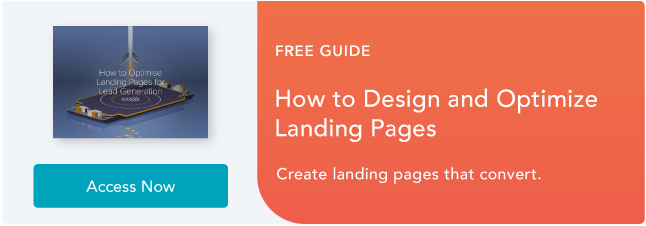 Pay-per-click is a big part of our marketing efforts. As the CMO, I oversee our campaigns, and I’m constantly sorting through data and trying to understanding who clicked, why he or she clicked and what we can do to maximize our return on the investment. However, there is one issue that can put a snag in your PPC campaigns and render the effort questionable: dead-end leads.
Pay-per-click is a big part of our marketing efforts. As the CMO, I oversee our campaigns, and I’m constantly sorting through data and trying to understanding who clicked, why he or she clicked and what we can do to maximize our return on the investment. However, there is one issue that can put a snag in your PPC campaigns and render the effort questionable: dead-end leads.

I discovered this problem when I found out that we had paid for a click from someone who typed “How to Get on McDonald’s Mailing List” into Google. This is not a quality lead for us, folks. At PostcardMania, we sell targeted mailing lists to small businesses to use in direct mail campaigns, yet we have now paid for a click from someone who simply wants McDonald’s to send him or her coupons for Big Macs and McNuggets. The person was only shown our ad because his search query had the words “Mailing List” in it. This lead is a dead end, and we had to pay for it. Dead-end leads are return-on-investment (ROI) killers because you’re paying money with no hope of generating revenue from the lead for which you paid.
Now You Know the Problem, but How Do You Fix It?
1. Use Negative Keywords to Keep Dead-End Leads Away From Your Ads
PPC operates by targeting certain keywords. The keywords you choose to target are called positive keywords. These are the keywords your quality prospects are using to find products or services like yours in search engines. By placing your paid ad alongside their search results, you are likely to attract their interest. However, there are other keywords you should start targeting to protect your campaigns from dead-end leads, and those are negative keywords.
Negative keywords are phrases that are related to your industry or your products, but not really. They are keywords that may trigger your ad to show up, but they are entered by prospects you have no hope of closing (like our McDonald’s lover from my above story). You need to identify these negative keywords just as you do for your positive ones. Then, you must designate them as negative keywords in your Adwords campaigns so Google can block your ads from being displayed in those search results. Voila! Now dead-end leads never see your ads, and you don’t waste money on clicks you can’t close.
2. Use Analytics to Guide Your PPC Strategies and Maximize Revenue
Now, just because you’re not wasting money on dead-end leads doesn’t mean you’re maximizing the revenue potential of your campaigns. To do that, you need to use analytics. Google Analytics tells you which ads are actually resulting in real revenue — the green stuff. Dinero. Dollars. You need to find out which of your ads brings in revenue, not just clicks, because that’s where you take your ROI to the next level.
You need to focus your marketing investment on ads that pay off. An ad could be really popular and generate a lot of clicks, but if it isn’t generating revenue, its popularity is just costing you money instead of generating it. The only way to maximize your PPC campaigns’ ROI is by cutting out the money-wasting dead-end leads and focusing your marketing on the ads and keyword strategies that are leading to real revenue for your company.
